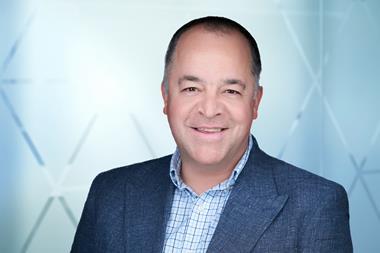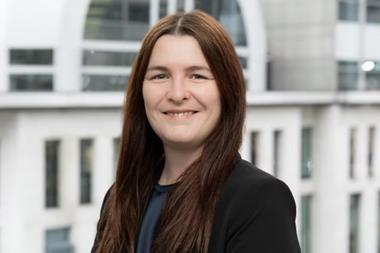The marketplace’s underwriting performance from 2022 is ‘as good as Lloyd’s has reported in recent memory’, its chief executive said.
Lloyd’s of London’s preliminary full year 2022 figures have forecast an improved combined operating ratio (COR) of 91.9% – a fall of 1.6 percentage points from last year’s result.

Despite incurring losses due to economic headwinds, the marketplace said it achieved a “strong” underwriting performance in its trading update, published today (8 March 2023).
The improved COR figure came despite major claims of 12.7%, including losses arising from the conflict in Ukraine and hurricane Ian in Florida, said Lloyd’s.
“Today we are presenting an underwriting performance and capital position as good as Lloyd’s has reported in recent memory,” chief executive John Neal said.
Pros and cons
Lloyd’s also revealed that its gross written premium (GWP) increased to more than £46bn – an increase from a 2021 figure of £39.2bn.
Read: Lloyd’s of London sets cyber policy exclusions for state-backed attacks
Read: LMA launches new chief underwriting officers committee
Explore more financial-related content here or discover other news stories here
The marketplace said a GWP growth of 19% resulted from the “strong” USD, which contributed 8%, combined with direct price increases and organic growth, which contributed 8% and 3% respectively.
Meanwhile, its attritional loss ratio improved to 48.4% in 2022 from 48.9% in 2021, while the expense ratio dropped 1.1 per cent year-on-year.
Despite improved performance, Lloyd’s said the mark to market accounting treatment of rising interest rates on fixed income portfolios “forced a write down of asset values and is forecast to lead to higher yields and investment returns in future years”.
This meant the marketplace was expected to report an investment loss of around £3bn, although this is in line with the half year result.
Lloyd’s said the loss will result in a full year loss before tax of approximately £0.8bn, a tumble from 2021’s profit of £2.3bn.
“The investment loss has no cash impact and is expected to be reversed out over the next two to three years as the assets reach maturity,” a statement said.
Neal added: “2022 showed both strong premium growth and a continued fall in expenses, which, alongside a high quality balance sheet, demonstrate that our market is in the best shape to offer both an attractive return to capital and investors as well as providing businesses the insurance protection they need in these uncertain times.”

Hosted by comedian and actor Tom Allen, 34 Gold, 23 Silver and 22 Bronze awards were handed out across an amazing 34 categories recognising brilliance and innovation right across the breadth of UK general insurance.




















































No comments yet